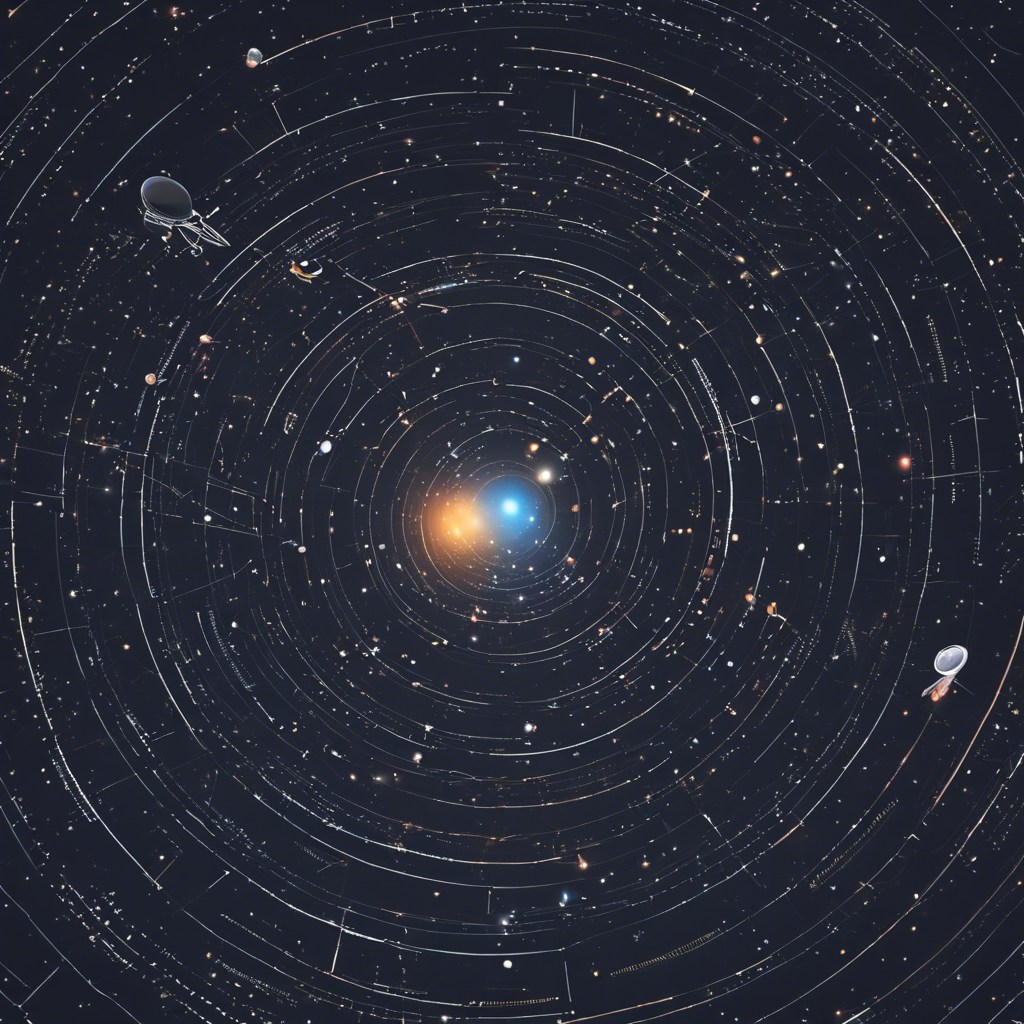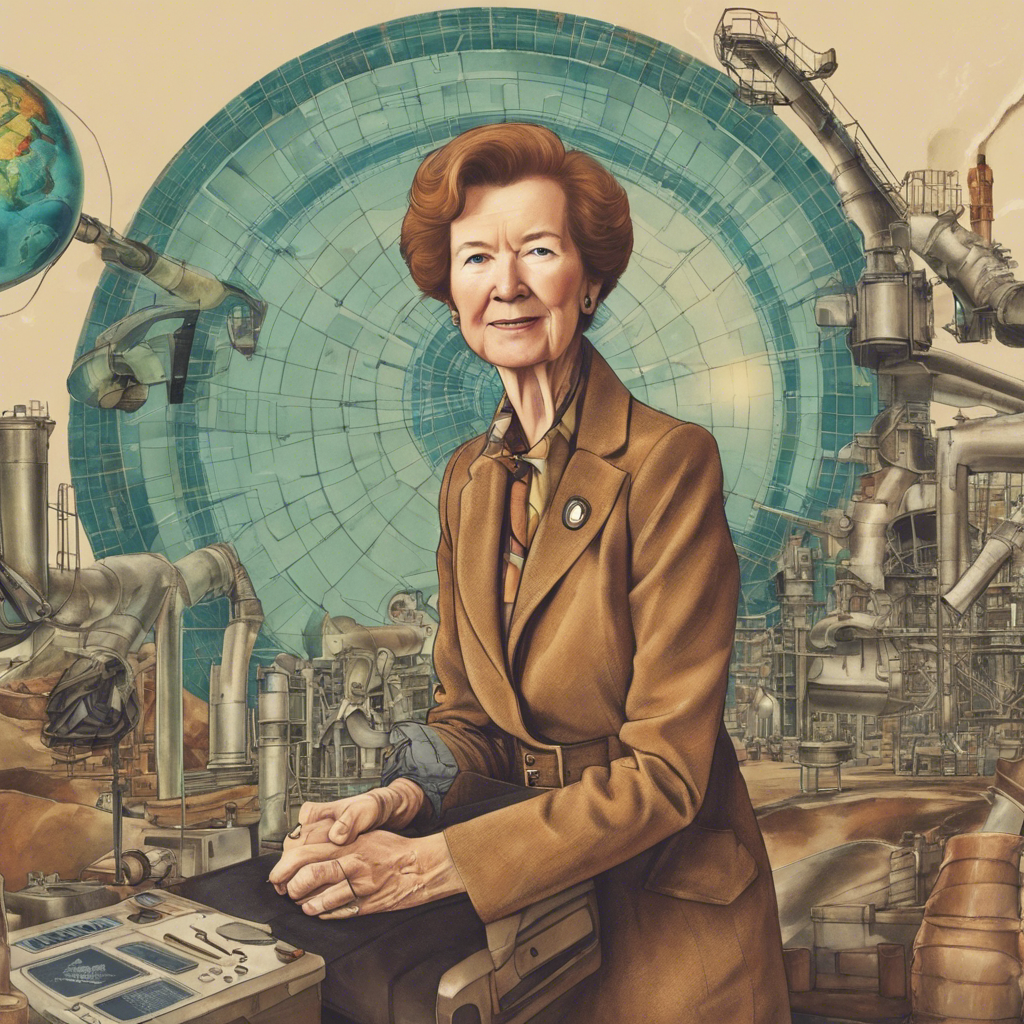New Data Science Method Revolutionizes Astronomical Object Matching

Johns Hopkins University Researchers Develop Innovative Technique to Match Objects Across Multiple Surveys
In the vast expanse of the universe, astronomers rely on data collected from various surveys to understand celestial objects. However, the sheer volume of information often poses challenges when it comes to matching objects across surveys. To address this issue, a team of researchers from Johns Hopkins University has turned to data science to develop a groundbreaking method of matching astronomical objects. Their innovative approach not only streamlines the process but also opens up new possibilities for scientific exploration.
The Complexities of Object Matching in Astronomy
Matching astronomical objects is crucial for space scientists as different surveys provide varying information, such as wavelength data, exposure times, and survey dates. Surveys like the Sloan Digital Sky Survey, the Hubble Source Catalog, the Fermi Gamma-ray Space Telescope, and the Evolutionary Map of the Universe detect thousands to billions of objects across different wavelengths and conditions. However, when researchers attempt to study an object present in multiple surveys, complications arise. Distinguishing between objects, especially at different wavelengths, can be challenging and can impact the accuracy of scientific analysis.
Introducing the Data Science Approach
To tackle the formidable task of object matching, Jacob Feitelberg, Amitabh Basu, and Tamás Budavári from Johns Hopkins University harnessed the power of data science. They developed a method that pairs objects from multiple surveys, providing the likelihood that recorded objects are indeed the same celestial entity. By assigning a “score” to each observation pair, which measures the probability of the observations belonging to the same object, the team’s approach enables efficient matching across vast amounts of data. Remarkably, their method even facilitates object matching between 100 different catalogs.
Enhancing Knowledge of the Cosmos
The implications of this innovative technique extend far beyond simplifying object matching. The observations obtained from these surveys form the foundation for building theories about the universe, from the smallest particles to the vast cosmos. By accurately matching observations across time and telescopes, researchers can extract more knowledge from the same data, contributing to a deeper understanding of the cosmos. The ability to confidently identify and analyze celestial objects across surveys opens up new avenues for scientific exploration and discovery.
An Open-Source Solution
Recognizing the importance of collaboration and accessibility in scientific research, the team at Johns Hopkins University has made their code publicly available. This open-source approach allows other researchers to benefit from and contribute to the advancement of object matching techniques. By fostering a collaborative environment, the field of astronomy can continue to evolve and expand its understanding of the universe.
Conclusion:
The development of a novel data science method for matching astronomical objects represents a significant breakthrough in the field of astronomy. The work of Jacob Feitelberg, Amitabh Basu, and Tamás Budavári from Johns Hopkins University has paved the way for more accurate and efficient object matching across multiple surveys. By leveraging the power of data science, researchers can unlock a wealth of knowledge from the vast amount of data collected by various telescopes. This innovative approach not only enhances our understanding of the cosmos but also encourages collaboration and open access within the scientific community. As we delve deeper into the mysteries of the universe, advancements like these will continue to shape our exploration of the cosmos.










